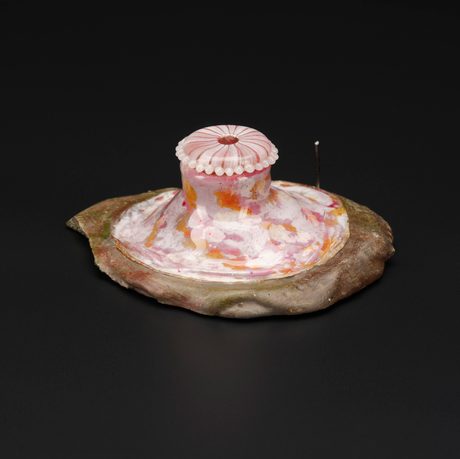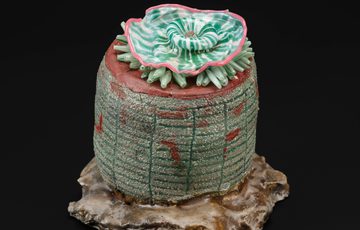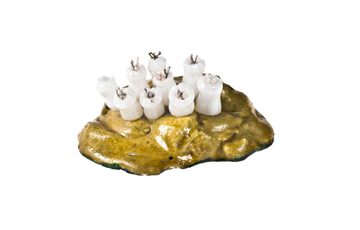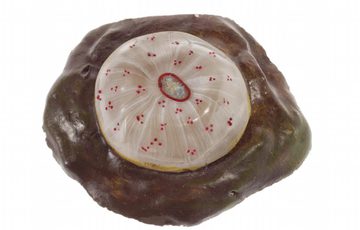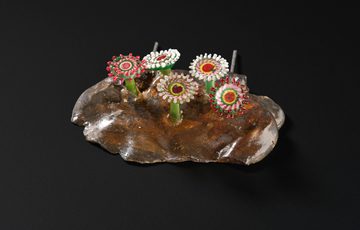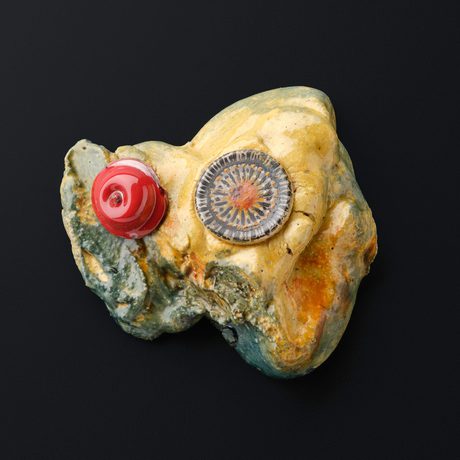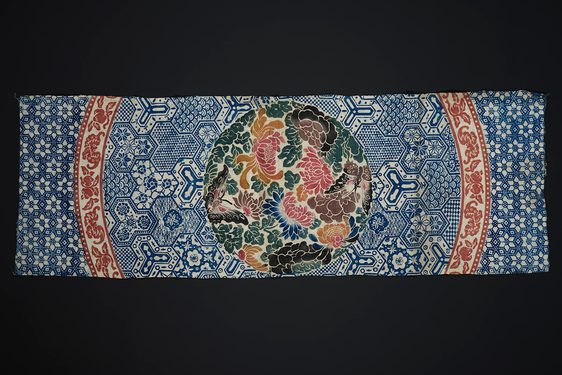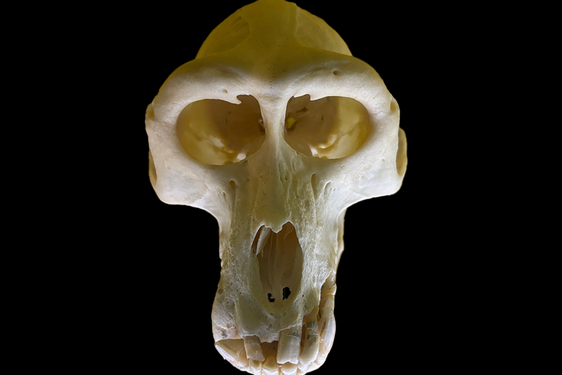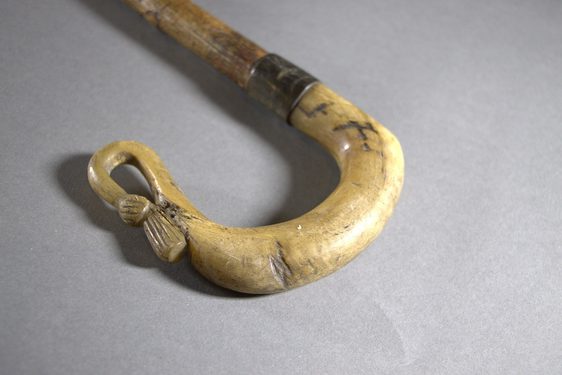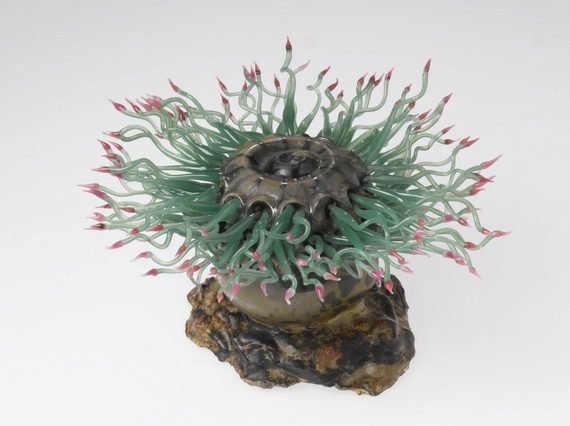
The glass artists who mastered museum models
News Story
During the late 19th and 20th centuries, master glass artists Leopold and Rudolf Blaschka came upon a niche market. Glass models of plants and sea life for natural history museums.
At National Museums Scotland, we have a collection of these mini glass masterpieces. They lie at an intersection of art, natural science, and technology. But why were they made and how did we come to own them?
The brilliant Blaschkas
Leopold Blaschka was born in 1822 in Aicha in Northern Bohemia (now part of Czechia). It was an area renowned for its glass and decorative crafts. The Blaschka family specialised in making jewellery from metal, glass, and semi-precious stones. Leopold's father Joseph encouraged him to follow him into the family business.
Leopold was fascinated by natural history. In the mid-1860s he started selling models of flowers and marine creatures. He observed natural life and used illustrations to create incredibly lifelike models. Sculpted mostly from glass, Leopold also used wire, paint, and even parts of creatures themselves like snail shells.
Word of Leopold's skills spread quickly. Soon he was doing a roaring trade. Models were commissioned by museums across the globe, from London to Moscow, New York to New Zealand.
Thomas Archer, director of the Edinburgh Museum of Science and Arts (as the National Museum of Scotland was formerly known), saw Blaschka models in the British Museum. Intrigued and inspired, he ordered a batch of model sea anemones in 1866. Two years later, he made another large order including molluscs, jellyfish, and sea cucumbers.
Image gallery
Domestic models
Blaschka’s work was also popular in the home. At the time aquariums were fashionable, but were messy to maintain. Blaschka's beautiful models allowed people to create an underwater scene without the fuss.
After the birth of his son Rudolf in 1857, the Blaschka family relocated to Dresden. Around 1880, Rudolf began to assist his father. By 1888 they had produced more than 700 designs. A huge range, the designs included squid, sea slugs, octopus, cuttlefish, sea squirts, jellyfish, and sea anemones.
In 1890, the Blaschkas signed an exclusive contract to produce glass flowers for Harvard University. They stopped producing any other zoological models. Leopold Blaschka died in 1895, and his son finally retired in 1938. With no apprentices trained up, the family business closed.
A model museum
Models have long played a vital role in the Museum. In the 19th century museums often contained models and replicas of objects.
When the Edinburgh Museum of Science and Art opened in 1866, it had natural history models on display. By 1875, the Great Hall had become home to casts of sculpture and architectural features. The ground floor of the west wing opened around 1890, featuring an array of engineering models. Models of this sort help demonstrate technical principles. Models helped people learn more about the world around them, and were considered as good as the real thing.

20th century tastes
During the 20th century, tastes changed. Museums and visitors began to value authentic artefacts over replicas. Plaster casts of sculpture, and other artworks fell out of fashion.
Models continued to play an important part in natural history displays. They were the best way to bring soft-bodied animals and other creatures to ‘life’.
Even after the Blaschkas stopped producing models, the Museum continued to purchase zoological models. Although none were quite as exquisite as the Blaschkas’ designs.
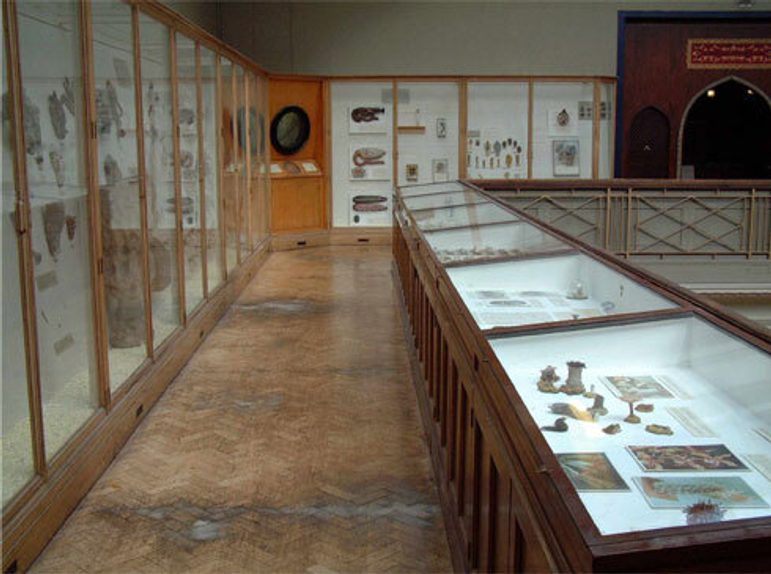
Models on display
82 Blaschka models are on display in the Window on the World in the Grand Gallery at the National Museum of Scotland.
